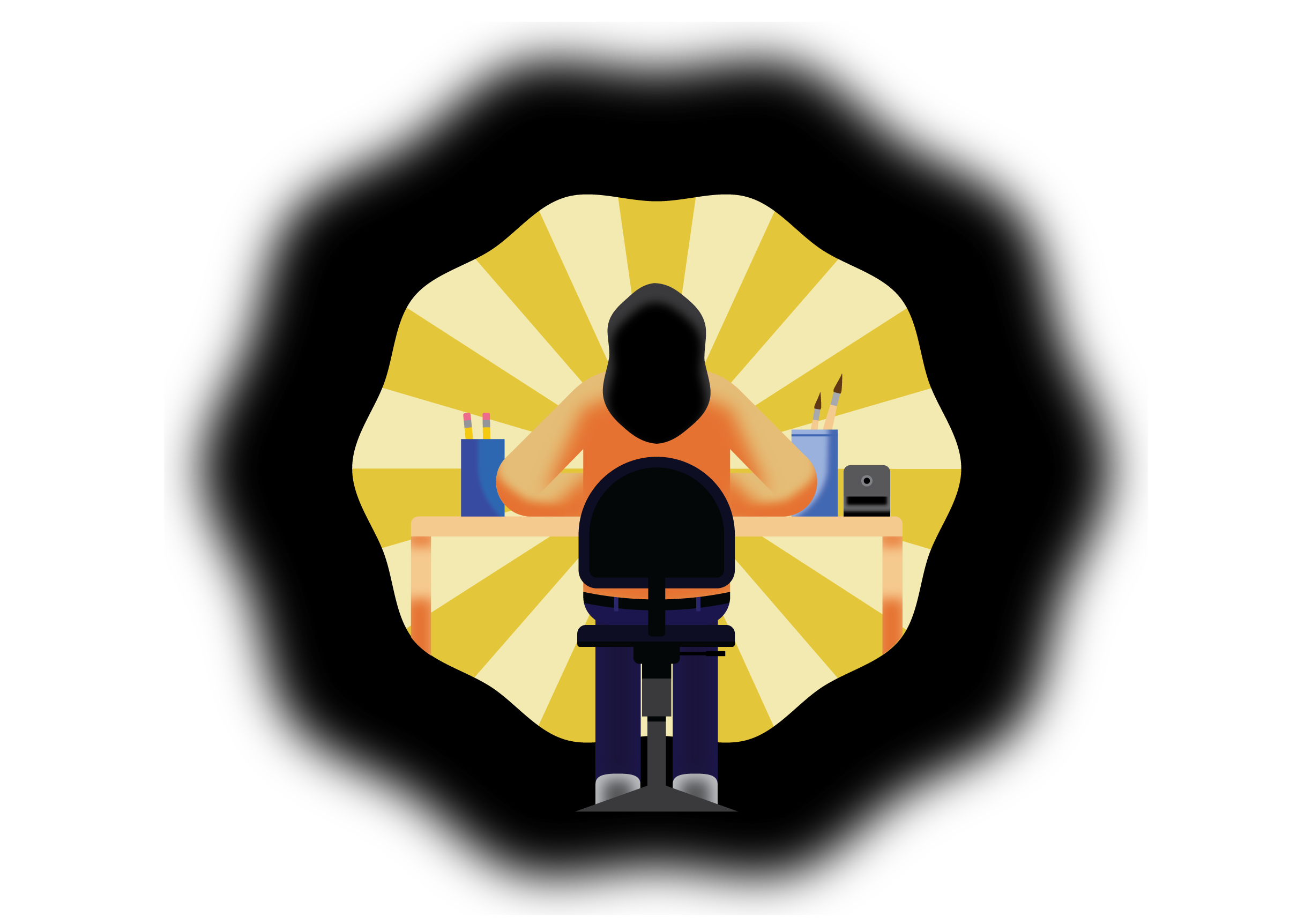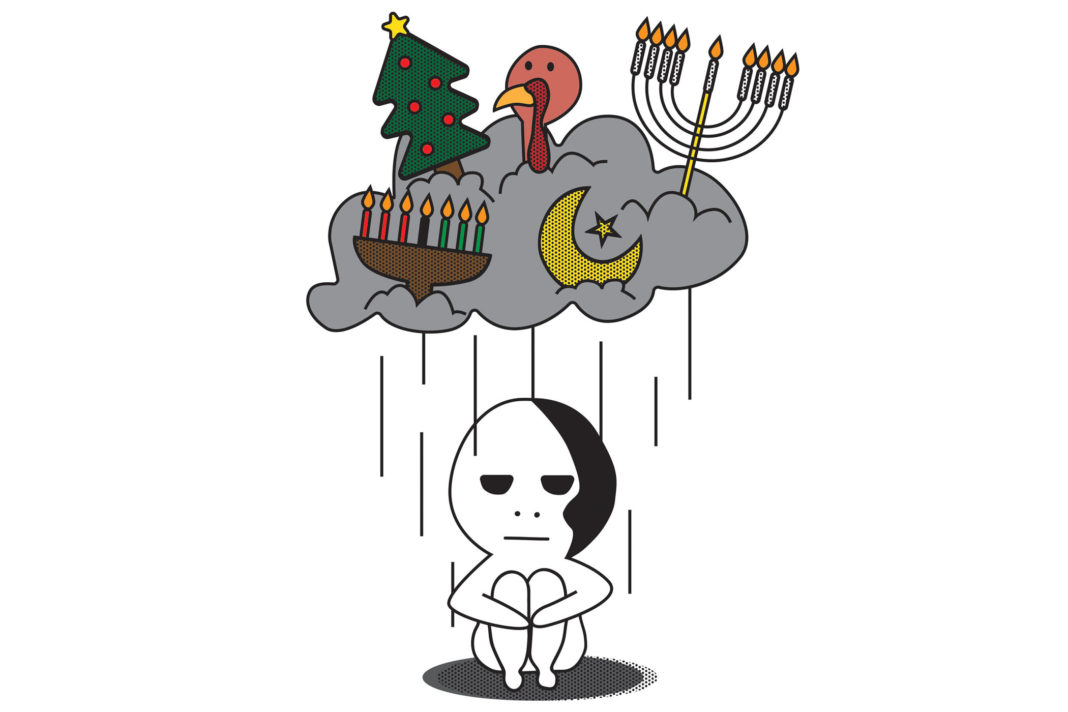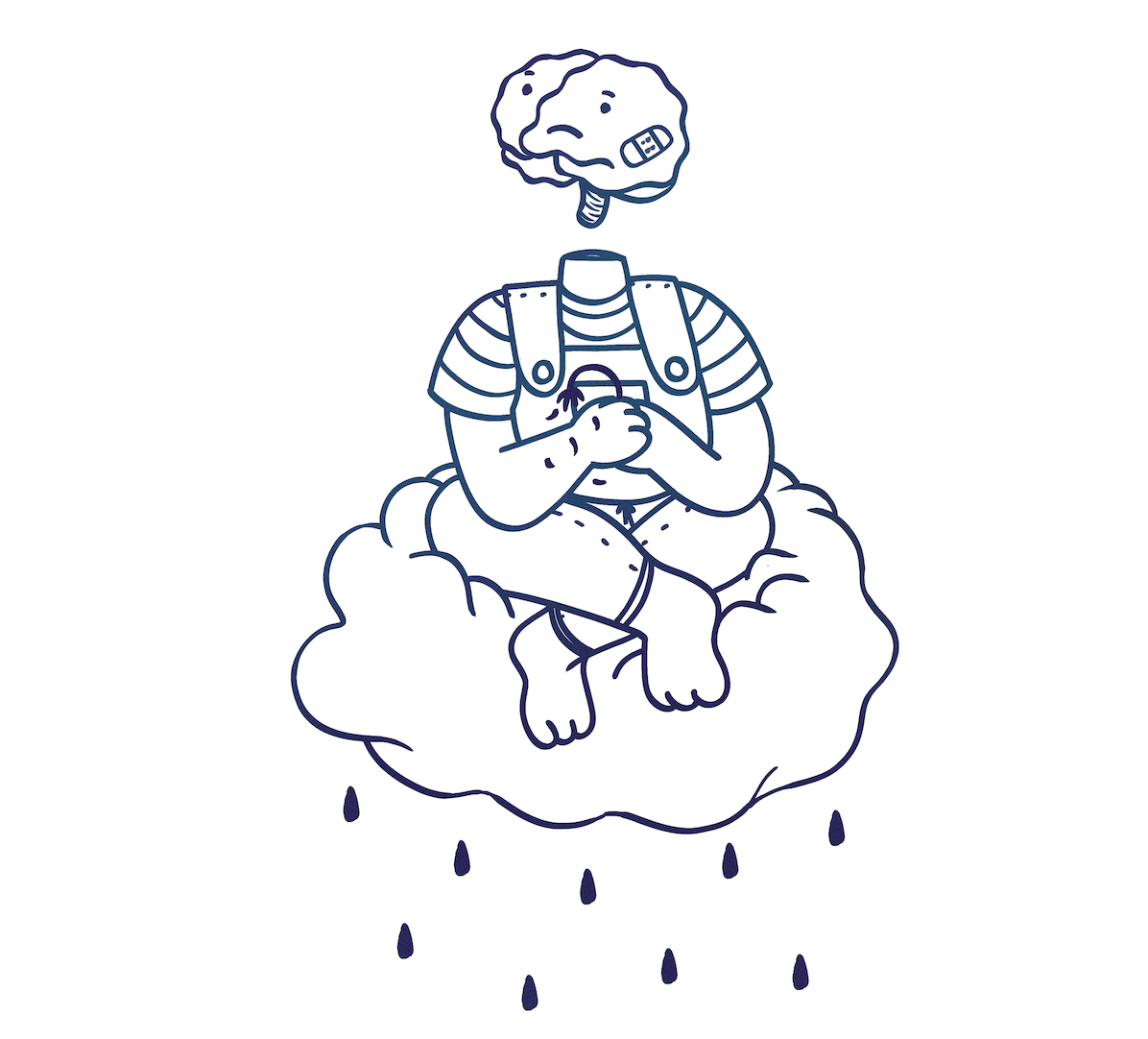Although embracing and understanding generalized depression and anxiety has become commonplace, mood and personality disorders such as bipolar, borderline personality and schizophrenia are still misunderstood and demonized.
Mental illness encompasses a variety of disorders that range in levels of severity. There are no two people who will likely experience the exact same behavior despite having the same disorder. Inaccurate media representation and overall lack of awareness regarding certain disorders creates a divide that leaves many people feeling isolated.
Mood and personality disorders have key differences which set them apart from one another. Mood disorders have symptoms that result from mood or emotional states that aren’t aligned with a person’s current circumstances. These include bipolar disorder, major depressive disorder and seasonal affective disorder.
Typically, outside of the periods of extreme sadness or happiness, people with mood disorders can have normal interactions with the people in their lives.
Personality disorders, on the other hand, are characterized by permanent cycles of unhealthy thoughts and actions. People with these disorders sometimes have issues relating to other people and situations, which can severely impact both their personal and professional lives. Borderline personality disorder, schizophrenia and narcissistic personality disorder are all examples of personality disorders.
According to the National Institute of Mental Health, 2.8 percent of Americans over 18 years old have bipolar disorder; 1.6 percent of the American population has borderline personality disorder. Schizophrenia ranges between 0.25 and 0.64 percent.
These percentages seem minuscule, but they equate to approximately one million to nine million of the current population, which is roughly 328 million people.
Mental illnesses have universal behaviors or symptoms commonly associated with them, but the illness itself differs from person to person. Shows such as Criminal Minds typically use these disorders—especially schizophrenia and narcissistic personality—in their profiles of serial killers, which perpetuates harmful stereotypes of those suffering from mental illness. If this is the only representation the majority of the public has of these illnesses, their only idea of them will be negative. Overexposure to the version of mental illness that these shows portray gives avid watchers a false idea of what mental illness truly is.
In addition to fictional media representation, the news coverage of fatal shootings often enforces stereotypes of disorders. This includes many individuals who committed atrocious attacks on students, including the Parkland shooter, the Virginia Tech shooter and the Sandy Hook shooter—all of whom had long histories of untreated mental health problems. The Substance Abuse and Mental Health Services Administration notes that roughly 18 percent of American adults–one in five–experience a mental illness over the course of a year. Less than 10 percent of all shootings involve individuals with mental illnesses. People motivated by hate and individuals who are mentally ill are not synonymous, so why are they being portrayed as such?
Though it is possible for criminals to suffer from mental illness, they are often untreated or undiagnosed. Lumping in people who commit heinous acts with others who actively treat and live with their disorder is a false equivalence.
Negatively stereotyping illnesses have left a significant portion of the population isolated. Understanding mental illness in all its forms is an important first step to removing the stigma which surrounds it.







So, in hoping education remain fact based, I have to correct something stated in this article.
I will preface this by saying, personality disorders are minimally understood and I am not stating the following to stigmatize. Just stating facts.
Schizophrenia is NOT a personality disorder, it is a PSYCHOTIC disorder.
Psychotic – a severe mental disorder in which thought and emotions are so impaired that contact is lost with external reality. This is NOT a choice, it is literally a neurological misfunction.
Psychosis primarily relies on medication to be reduced/resolved.
Personality Disorder – a deeply ingrained pattern of behaviour of a specified kind that deviates markedly from the norms of generally accepted behavior. Personality disorders do not remove the person from reality as they make antisocial choices.
Psychopathy (majority of symptoms in personality disorders) is primarily treated by behavioral modifications and, at times, medication is not beneficial given the person’s blunted empathy.
Seasonal Affective Disorder, alone, fits the writers description fairly well. However, BiPolar Disorder includes mania, catatonia and psychosis. BiPolar is not simply extreme sadness/happiness.
Major Depressive Disorder exceeds this minimalized statement voiced in this article.
ALL Serious Mental Illnesses need better access to treatment options.
—-Demonized disorders???
A far better verb form: Demonizing, i’e’, participating in the act.
—-Understanding mental illness in all its forms is an important first step to removing the stigma which surrounds it.
I regret that you have been taught to say a “stigma” surrounds them. That is part of the demonizing.